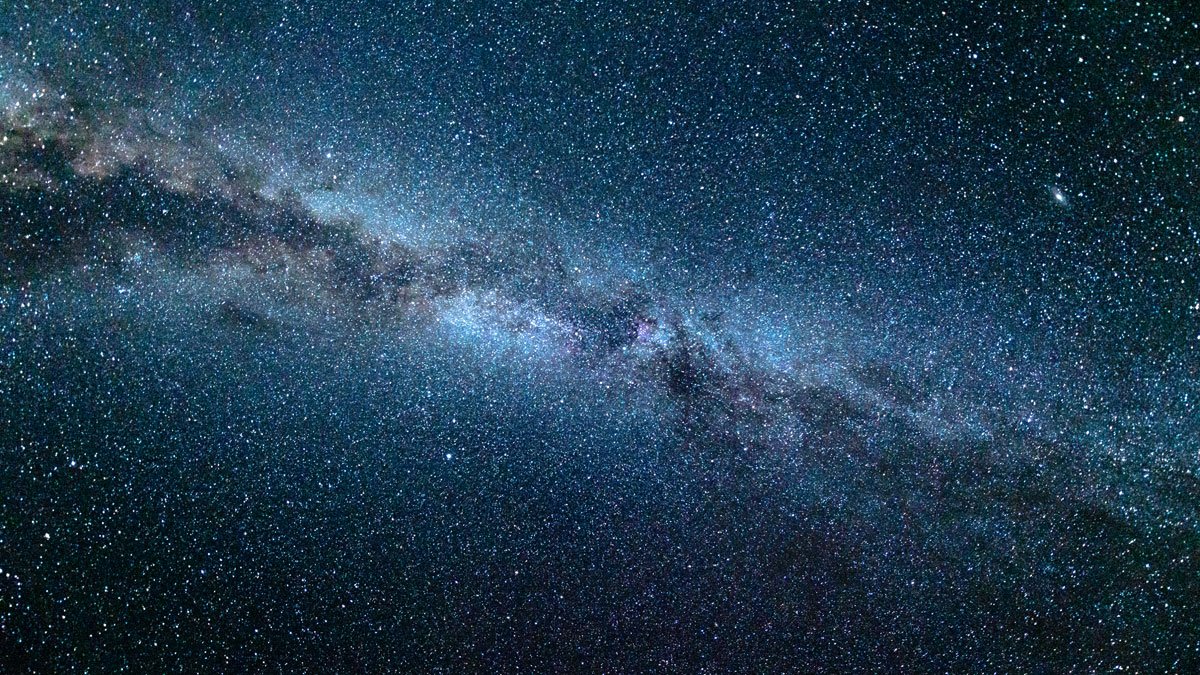28 September 2020
Dr Alessia Gualandris
a.gualandris@surrey.ac.uk
A newly discovered group of stars at the centre of our galaxy could have migrated from a star cluster or dwarf galaxy located more than 320,000 light-years away, reports a new ground-breaking study.


In a research paper published by The Astrophysical Journal Letters, an international team of astrophysicists, including scientists from the University of Surrey, detail how they discovered a group of stars with different characteristics than their neighbours found in the Milky Way’s Nuclear Star Cluster (NSC).
The team used state-of-the-art high-resolution computer simulations to explain how this group of metal-poor and fast-rotating stars came to be located at the centre of our galaxy.
Their calculations found that it is likely that this group of stars are leftovers from the migration of a massive star cluster that formed a few light-years away from the Milky Way’s centre. Alternatively, while not as likely as the cluster scenario, the team also noted that the group of stars could possibly have originated from a dwarf galaxy located up to 320,000 light-years away from the galactic centre.
All evidence points towards an accretion event that happened 3-5 billion years ago during which a massive cluster migrated towards the centre of the Milky Way and was disrupted by the strong tidal forces of the NSC, a region of high stellar density. Cluster stars were deposited in the region and were discovered based on their peculiar velocities and low metal content.
Dr Alessia Gualandris, Senior Lecturer in Physics from the University of Surrey, added: “This discovery may be the ‘smoking gun’ evidence that the Milky Way has been accreting star clusters or dwarf galaxies over its lifetime. Its past was much more active than we previously thought.”
Dr Tuan Do, Assistant Research Scientist at UCLA, said: “It is remarkable how these new observations of the NSC can reveal so much about the history of the whole galaxy.”
Dr Manuel Arca-Sedda, a Humboldt Fellow at the Astronomisches Rechen-Institut, Heidelberg, concluded: “A close collaboration between observers and theorists has been key in this study. Combining new exquisite observations with state-of-the-art computer models has allowed us to uncover the birthplace of these peculiar stars”.
See the full article here .
five-ways-keep-your-child-safe-school-shootings
Please help promote STEM in your local schools.
About the University of Surrey
The University of Surrey is a global community of ideas and people, dedicated to life-changing education and research. With a beautiful and vibrant campus, we provide exceptional teaching and practical learning to inspire and empower our students for personal and professional success.
Through our world-class research and innovation, we deliver transformational impact on society and shape future digital economy through agile collaboration and partnership with businesses, governments and communities.


